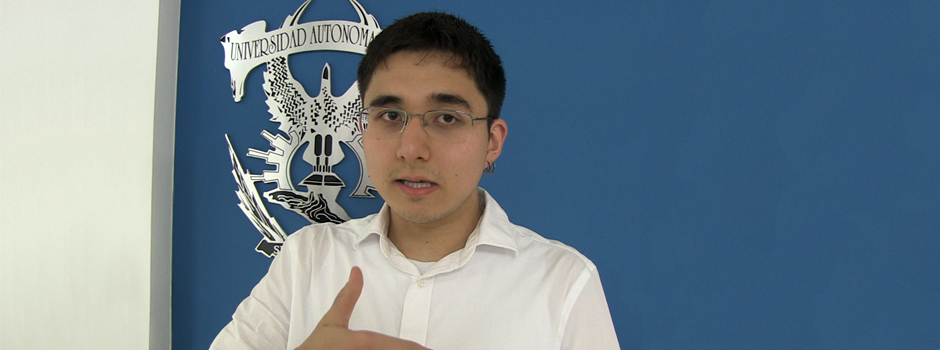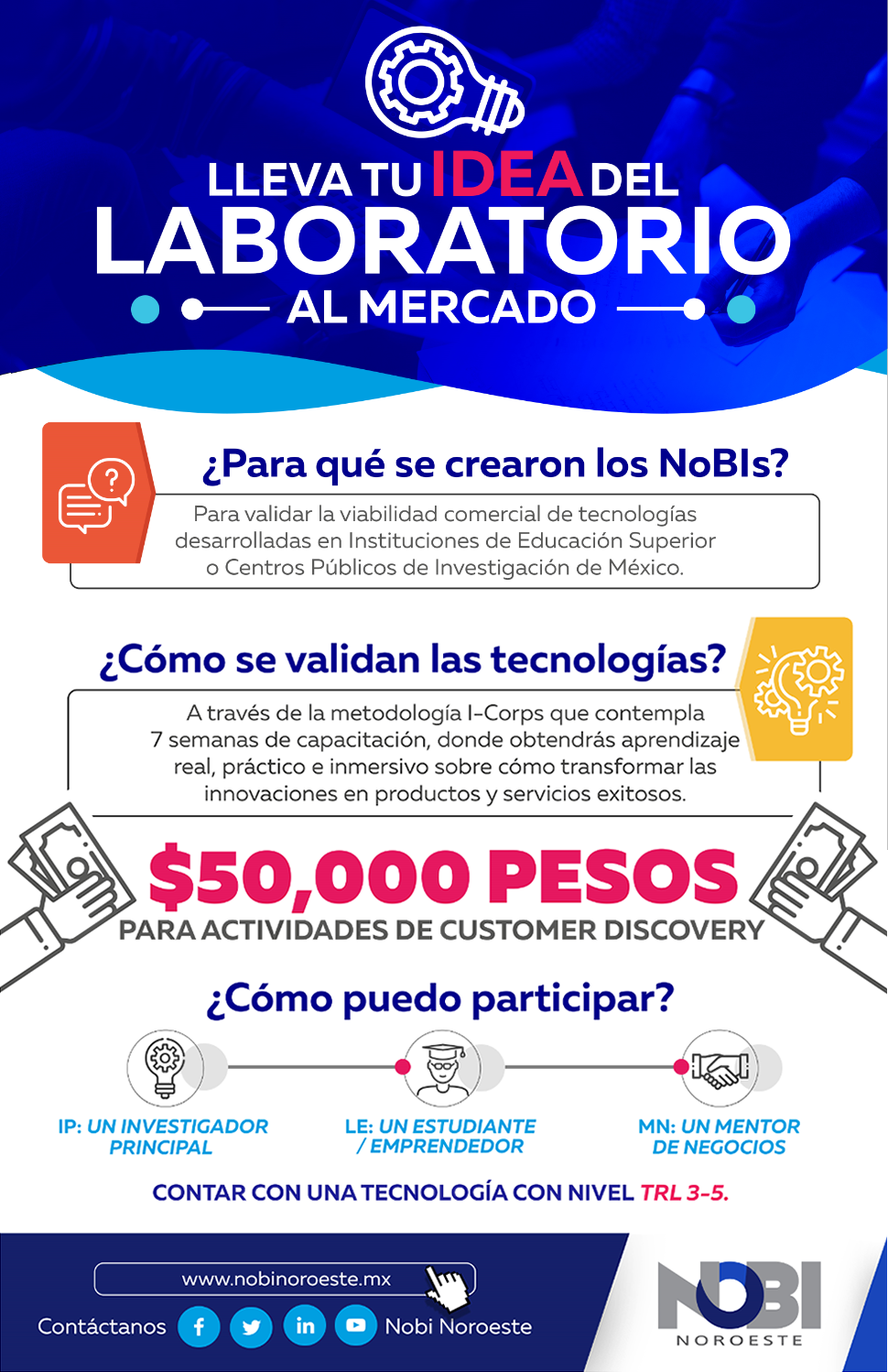How did the idea of giving this course at the Autonomous University of Sinaloa (UAS) come up? At the beginning, when I was studying as an undergraduate at Brazil, we had a project, which was an interdisciplinary project to improve public health. And, well, I decided to increase the scale of this project to include Latin America, not only Brazil, but also other countries; because I think sometimes Latin America is a forgotten continent, we sometimes don’t care about our own continent.
And why these topics: mouth, gut, health? Because I think the mouth and the gut are very related, and studies have being showing this more and more, that they’re more related to our health. So, if you spot imbalance in either mouth or gut microbiota, you can actually treat the disease better or you can identify the disease better, and find ways to treat that thing. So the subject of the course is that it aims to give the students this idea that you have to treat not only the disease, so if you have one bacteria it means you have a disease: that’s not true. So the idea of the course is to broaden the view of the students in this sense.
Could you tell us about what the UAS’ students will learn in your course during this week? The course is structured in theoretical and practical parts. In theoretical parts, I’m gonna give the students a brief background —because they come from different disciplines, psychology, dentistry and so on— on basic things like bio-chemistry, carbohydrates, the structure of proteins… until we get to microbiota in general. And then we’ll have the practical parts of the course, in which the students will develop the interdisciplinary thinking —and that’s the part of the course where it will blow up, in a sense—, the students will develop things they’re not usually trained to develop.
So, your idea is to teach the students how to make a correct analysis? No, not necessarily a correct analysis, but to look at the problem in a different way. So, if you have a bacteria, for example, it doesn’t mean that you have a disease: that’s the holistic view. The holistic view tells you: “Okay, you have a bacteria, but what are the other factors that contribute?”. You have beneficial bacteria, they can balance the presence of detrimental ones; sometimes actually the beneficial bacteria is the same that causes the disease.
You give a lot of importance to this interdisciplinary perspective, why? Yes, I do. So, the idea of the course is to make the students think in an interdisciplinary way. And I think that’s what makes a difference when you, for example, if you are a doctor, when you go and treat a patient, because you see the patient in a holistic way, not necessarily as: “Oh, I’m gonna prescribe a pill or something that will treat the problem and that’s it”; so, if that pill that you prescribed had other effects —and not necessarily symptom effects, you can have psychological effects— that you might not be aware of, and if you had an interdisciplinary holistic view, then you could start considering these things, and how can they affect and how can you improve these things.
What’s the main result you’re aiming through this course at UAS? Is to show the students the importance of interdisciplinary thinking. We’re gonna have students from psychology, dentistry… they don’t usually interact in a normal way, which they’re gonna be forced to in this course. The aim is to develop this interdisciplinary thinking in the students and that kind of researching.
But that kind of thinking is not how the normal academy functions… Yes, so, when you study only, for example, chemistry, you know how to solve problems in chemistry and you look all the problems in a mindset of a chemist. The idea of the course is to make students think outside of that comfort zone they’re in and to consider other inputs. So, I am a chemist, I have this problem which affects public health: “How can I tackle that problem with the knowledge that I have? But how can I consider looking at this problem with a different tool that comes from psychology?”, for example.
Do you provide the correct tools to change that? Well, the tools are developed by yourself: that’s the beauty of interdisciplinary research. We never know when we’re gonna have to adopt or bring a tool from a different discipline for the problem we have. So, is not like the recipe of a cake that you have: add flour and butter, and so on. Is when you have a problem and you start talking to people from different fields that you actually come up with the idea: “That looks similar to my problem, can I apply those methods that they use in economics to the problem that I have in biology?”. And that actually has led to a lot of developing within biology.
Written and translated by Belem Ruiz (Edition and Communication, PIT-UAS).



 Parque Científico Tecnológico, Universidad Autónoma de Sinaloa © 2015
Parque Científico Tecnológico, Universidad Autónoma de Sinaloa © 2015